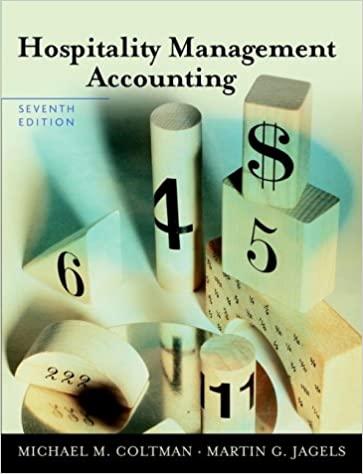
Simon was interested in the determinants of the house prices in Sydney suburbs. He considered the following model price=0+1urate+u where price is the average house price (in million dollars) of a suburb, and urate is the proportion of people in the suburb with a university degree. The OLS estimate of 1 is ^1=1.2. people living in high crime areas tend to be less educated. However, Simon forgot to include the variable crate (the crime rate of a suburb) in regression (1). Would the true marginal effect of urate on price be likely bigger or smaller than 1.2 due to the omission of crate? Explain. (b) For each of the following cases, point out which of the linear regression assumptions is violated. If all the assumptions are satisfied, write down "N/A". (i) The variation of price depends on urate. (ii) Some variables (e.g. average household income) are relevant for price but were omitted from regression (1). (iii) The data were sampled from wealthy suburbs only. (iv) The variable nurate (the proportion of people in the suburb without a university degree) is included as an additional regressor in regression (1). (v) The variable brate (the proportion of people in the suburb with a Bachelor degree) is included as an additional regressor in regression (1). (c) Simon decided to include brate (as defined in (b)(v)) as an additional regressor. It was observed that the sample correlation between brate and urate is 0.98. What is this problem, and what consequences will this problem lead to? Explain. Simon was interested in the determinants of the house prices in Sydney suburbs. He considered the following model price=0+1urate+u where price is the average house price (in million dollars) of a suburb, and urate is the proportion of people in the suburb with a university degree. The OLS estimate of 1 is ^1=1.2. people living in high crime areas tend to be less educated. However, Simon forgot to include the variable crate (the crime rate of a suburb) in regression (1). Would the true marginal effect of urate on price be likely bigger or smaller than 1.2 due to the omission of crate? Explain. (b) For each of the following cases, point out which of the linear regression assumptions is violated. If all the assumptions are satisfied, write down "N/A". (i) The variation of price depends on urate. (ii) Some variables (e.g. average household income) are relevant for price but were omitted from regression (1). (iii) The data were sampled from wealthy suburbs only. (iv) The variable nurate (the proportion of people in the suburb without a university degree) is included as an additional regressor in regression (1). (v) The variable brate (the proportion of people in the suburb with a Bachelor degree) is included as an additional regressor in regression (1). (c) Simon decided to include brate (as defined in (b)(v)) as an additional regressor. It was observed that the sample correlation between brate and urate is 0.98. What is this problem, and what consequences will this problem lead to? Explain







